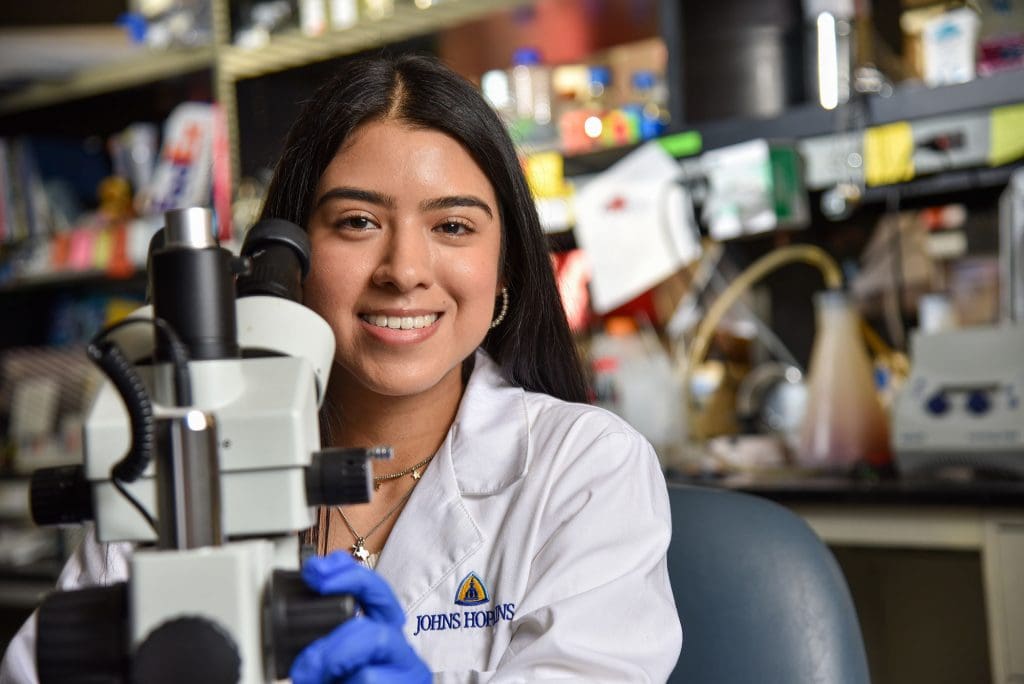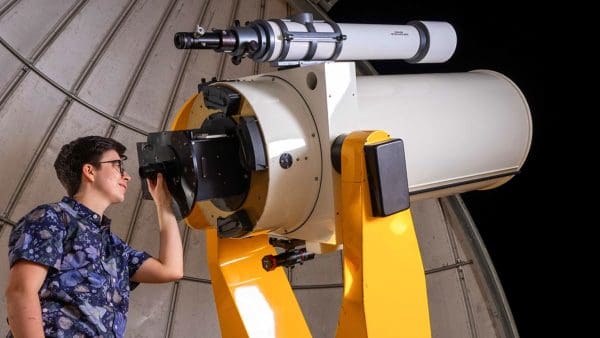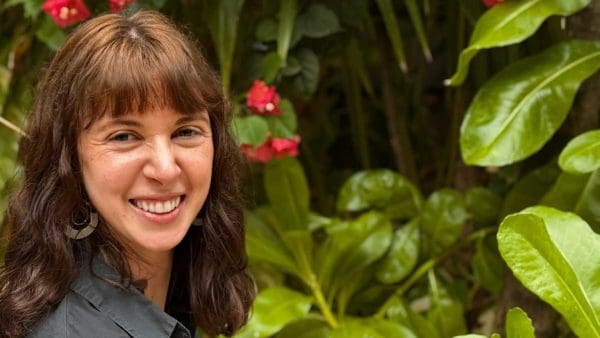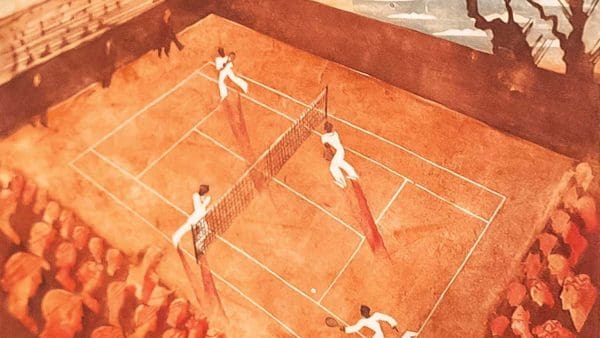
When it comes to moving fluid around the body, the heart is, of course, the undisputed champ. But look closer—a whole lot closer—at the cellular level and you’ll find multiciliated cells, or MCCs. These cells have scores of hair-like protuberances called cilia that undulate in unison to propel fluids across tissue. MCCs exist in various parts of the body, including the respiratory system, where they help mucus remove trapped particles.
Almost all vertebrate cells have one cilium that largely functions as a sensory device, like an antenna. Researchers want to understand the mechanisms that cause MCCs to create thickets of these protrusions. Besides furthering an understanding of basic biology, such knowledge might also lead to interventions for cilia-related diseases, such as hydrocephalus (aka fluid buildup in the brain).
Pivotal research in this area, conducted in a Hopkins lab led by Andrew Holland, associate professor of molecular biology and genetics at the School of Medicine, was published recently in Nature Cell Biology. Among the dozen or so researchers listed as contributors to the article is molecular and cellular biology major Valerie Gomez ’21, who has been working in the Holland Lab since her first year. “For an undergraduate student like me to be in this very highly regarded journal is just amazing,” Gomez says.
Before there are cilia there are centrioles, structures within cells that form the base upon which cilia are built (think hair follicles). “In the paper, we wanted to understand how these multiciliated cells amplify the centrioles so that they have so many of them,” Gomez says. Protein structures found only in MCCs known as deuterosomes are thought to play a role in this amplification process. The lab created a mouse genetically modified to lack dueterosomes, and then counted and measured its MCCs. It was Gomez who did much of the counting. During 10- and 12-hour days last summer, she stared at an electron microscope image of mouse MCCs and used software to measure the cilia length in microns. (For scale: cilia are about four microns long, while a human hair is around 75 microns thick.)
The findings: The modified mice had no appreciable difference in the quantity or quality of their MCCs. The researchers’ understanding of cellular dynamics expanded even as more questions arose. That’s often how science works. And Gomez, though thrilled to play a part, sees medical school and not continued cell-level research in her longer-term future. “I really want to go into the neonatal intensive care area,” she says. “But, I guess I am sticking with the small theme.”




